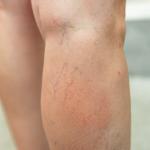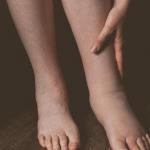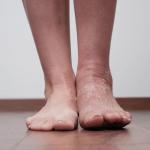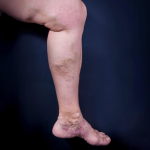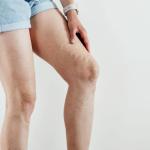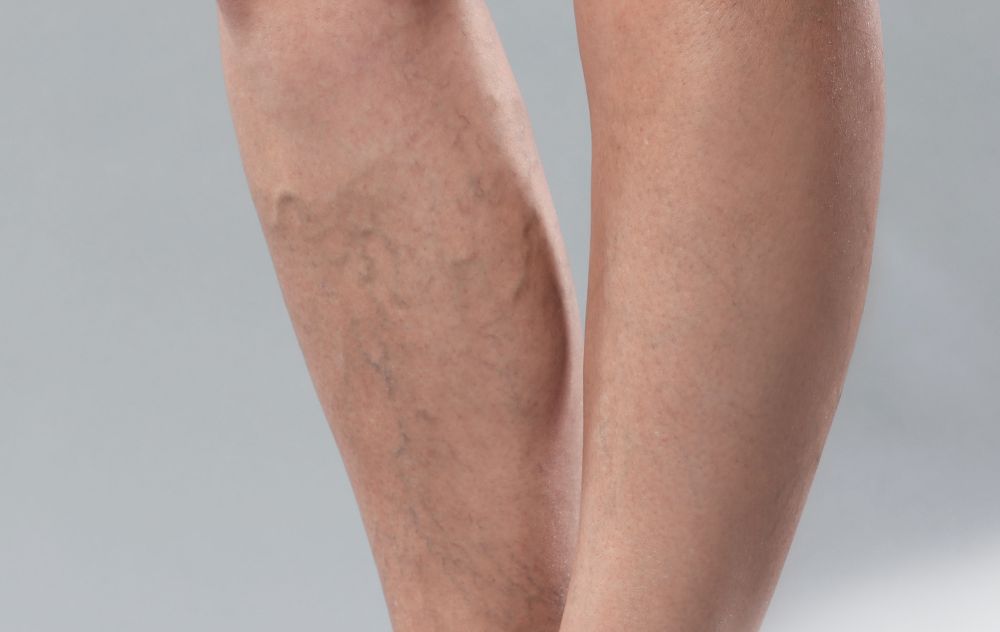
Varicose veins are a mystery for many. Even more puzzling? When they appear in only one leg. This strange, lopsided symptom often sparks concern. Is it something serious? Why not both legs? These are the questions we’ll dive into, unpacking science, lifestyle habits, and medical insights to help you understand exactly why varicose sometimes only occur in one leg.
What Are Unilateral Varicose Veins?
When varicose veins appear in only one leg, the condition is referred to as unilateral varicose veins. This one-sided vein problem often occurs because of an imbalance in how blood flows or drains from your legs. In many cases, vein valves in one leg become weaker or damaged sooner than in the other, leading to blood pooling and increased pressure in that leg’s veins.
Unilateral varicose veins may also develop after an injury, surgery, or a previous blood clot that affected only one leg. Less commonly, they can be linked to deeper circulation problems, such as a blockage in the pelvic or abdominal veins.
While unilateral varicose veins may not seem serious at first, they shouldn’t be ignored. If left untreated, vein disease can progress, causing worsening pain, swelling, skin changes, or ulcers on the affected leg. A vein specialist can use a quick, noninvasive ultrasound to determine the underlying cause and recommend the best treatment to restore healthy blood flow.
Why One Leg Might Show Signs Before the Other
Sometimes, both legs will eventually show symptoms, but one starts earlier. Why? It might be bearing more pressure, or it may have suffered an injury you don’t even remember. Early signs like tingling, heaviness, and subtle discoloration often go unnoticed—until the bulging blue lines make their grand entrance.
Vein Anatomy and One-Sided Pressure
Your legs have two types of veins: superficial veins (close to the skin) and deep veins (deep within the muscles). Both types rely on one crucial component—valves that prevent blood from flowing backward. These valves are small but mighty, ensuring blood moves in one direction: toward your heart.
Now, imagine the valves in your left leg weaken or fail, while the ones in your right leg remain strong. The result? Blood starts pooling in your left leg’s veins, stretching and distorting them. And just like that, you get varicose veins in one leg but not the other.
It’s important to note that your body isn’t perfectly symmetrical. Tiny anatomical variations can lead to more pressure or stress on one leg. This alone may explain why only one leg shows signs of varicose veins at first.
Old Injuries That Linger
One of the most overlooked causes of one-sided varicose veins is previous trauma or surgery. An old fracture, ligament tear, or even minor surgery could damage a vein or alter blood flow in one leg. Over time, this disruption in circulation leads to weakened vein walls and faulty valves.
Let’s say you injured your right ankle ten years ago. You recovered fully—or so you thought. But that injury may have left behind subtle damage to your leg’s venous system. Now, years later, your right leg is swelling, aching, and showing signs of varicosities while your left leg remains untouched.
Pelvic or Abdominal Compression
Sometimes the root of one-leg varicose veins lies higher up—in your pelvis or abdomen. Conditions like May-Thurner Syndrome, where an artery compresses a vein in the pelvis, can restrict blood flow from just one leg. The result? One leg becomes swollen, heavy, and riddled with varicose veins, while the other appears normal.
Pregnancy can trigger a similar effect. As the uterus expands, it may press more on one side of your pelvic veins. This leads to vein enlargement in just one leg—often resolving after delivery, but sometimes persisting without proper treatment.
Should You Be Worried About Varicose Veins Occurring in One Leg?
In most cases, varicose veins in one leg are not life-threatening. But that doesn’t mean they should be ignored. Left untreated, they can worsen, leading to skin discoloration, ulcers, or even bleeding.
If you notice heaviness, itching, or visible vein changes in just one leg, it’s time to consult a vein specialist. They may perform a duplex ultrasound to check for valve malfunction, blood clots, or anatomical anomalies.
How to Treat and Prevent Varicose Veins in One Leg
Treatment for one-leg varicose veins doesn’t differ much from bilateral cases, but it can be more targeted. Popular options include:
-
Compression stockings: Worn on the affected leg to aid blood flow.
-
Sclerotherapy: Injections that collapse troublesome veins.
-
Endovenous laser treatment (EVLT): A minimally invasive procedure to seal off damaged veins.
-
Lifestyle changes: Regular walking, leg elevation, weight control, and avoiding prolonged standing help prevent further issues.
Also, pay attention to how you sit, stand, or sleep. Uncross those legs, shift your weight evenly, and consider ergonomic footwear to reduce pressure on your lower limbs.
Are Varicose Veins Common in One Leg?
Yes, varicose veins can appear in just one leg, and it’s actually more common than you might think. Although many people experience vein issues in both legs, it’s not unusual for one leg to be more affected than the other. This happens because venous insufficiency—when the valves inside your veins weaken and blood starts to pool—can develop unevenly depending on your circulation, lifestyle, and even past injuries.
Factors such as standing or sitting for long periods, pregnancy, obesity, or previous blood clots can all contribute to increased pressure in one leg’s veins. Over time, this pressure can lead to bulging, twisted veins that cause discomfort, swelling, or heaviness on just one side.
More Questions About Varicose Veins in One Leg?
If you’re experiencing varicose veins in just one leg—or both—it’s essential not to ignore the warning signs. Whether it’s aching, swelling, visible veins, or that persistent heaviness at the end of the day, early diagnosis can make a world of difference.
At USA Vein Clinics, we specialize in treating varicose veins using the latest, minimally invasive procedures tailored to your unique condition. With clinics across the country and a team of board-certified vein specialists, we’re here to provide compassionate care and real results.
You don’t need to live with discomfort, embarrassment, or fear. From advanced ultrasound diagnostics to treatments like endovenous laser therapy and sclerotherapy, we offer customized solutions that fit your lifestyle—with little to no downtime.
Why Choose USA Vein Clinics?
-
Nationwide locations for convenient access
-
Medicare and most insurance plans accepted
-
Experienced doctors focused solely on vein health
-
Personalized treatment plans with proven results
-
Virtual consultations available
Take control of your vein health today. Call (888) 768-3467

